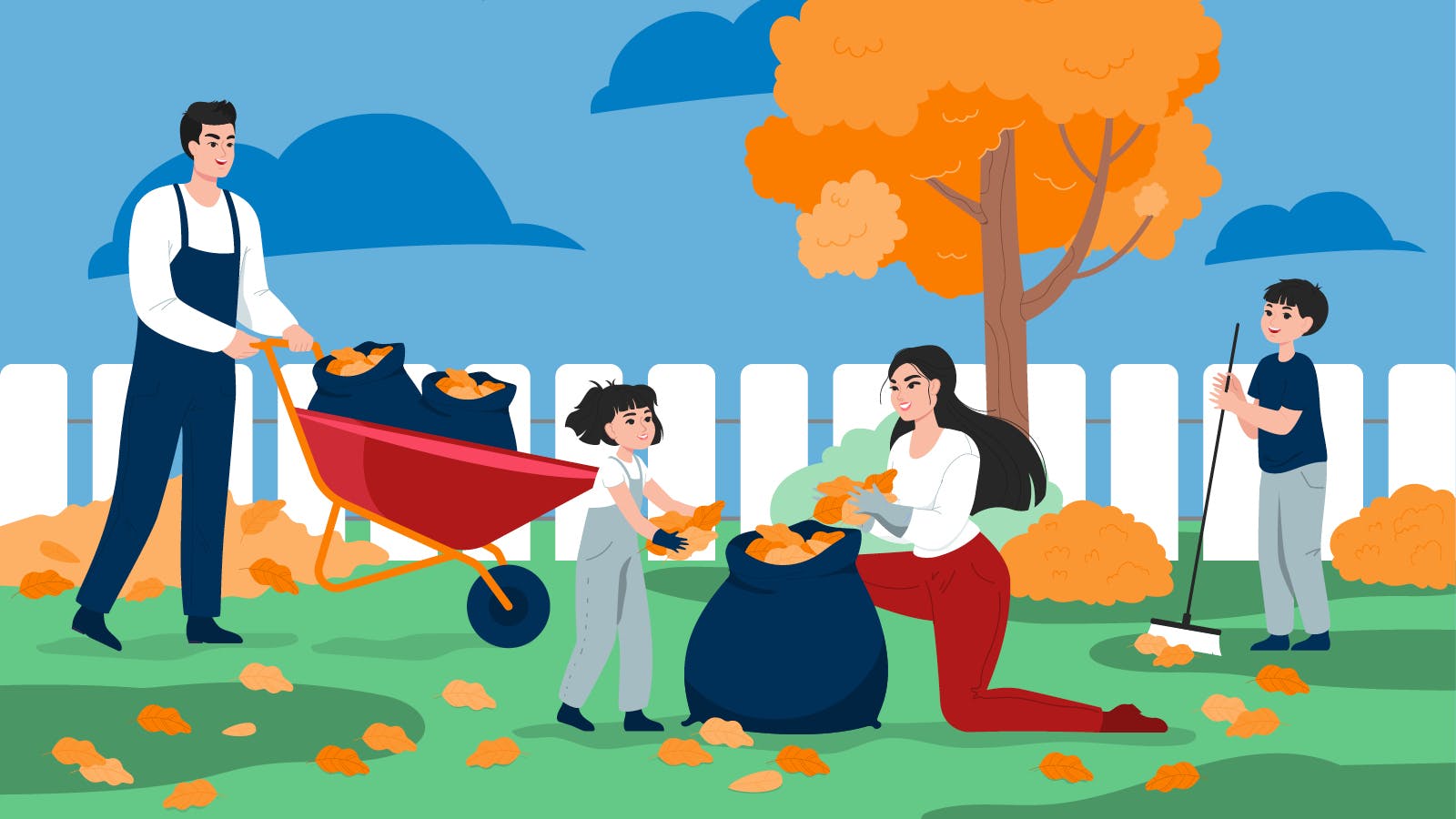Through the long summer days, traditional landscaping can prove expensive, unsustainable and high maintenance. Luckily, incorporating some shrubs, bushes and blooms that are native to your area can minimize all of these issues. This summer, take your pick of Indigenous plants and make a few powerful additions to your yard (National Wildlife Federation).
Alaska
If you call Alaska home, try incorporating salmonberry shrubs to add some structure to your yard (US Forest Service). These plants are sized similarly to a raspberry bush and produce brilliant, bright pink flowers as well as juicy, salmon-colored berries. Their bounty is sure to attract a bevy of local fauna, as well as provide a beautiful pop of color in the garden.
If berries aren’t quite your speed, opt instead for some heartleaf arnica (US Forest Service). This plant features charming heart-shaped leaves, hence the name. Even more brilliant are the sunshiny yellow flowers, which are even believed to treat some medical ailments.
Midwest
Cranberry viburnum features clusters of snow-white flowers, a welcome addition to any midwest garden (Arbor Day Foundation). These blooms also give way to bright red berries, which make a mean jam. You’ll also enjoy a beautiful show of colorful foliage come fall!
Despite its unappealing name, swamp milkweed could also brighten up your yard (US Forest Service). The plant boasts clusters of brilliant flowers each summer, which range in color from soft pink to magenta. The only thing sweeter than the sight of these blooms is their subtle, fragrant scent.
Northeast
If you’re looking to attract local birds and animals, the black tupelo tree could fit the bill (Arbor Day Foundation). This northeastern native is characterized by thin, horizontal branches and dense foliage. Its many leaves turn a brilliant shade of scarlet each and every fall. Plus, the black tupelo produces plenty of slightly sour fruits, a favorite meal for local fauna.
To spruce up your flowerbeds, consider planting some cardinal flowers (Lady Bird Johnson Wildflower Center). These bright red blooms, named for the robes donned by Roman Catholic cardinals, can add warmth to any garden. They’re also frequented by hummingbirds, the cardinal flower’s favorite pollinators.
Pacific Northwest
The hollyleaf Oregon-grape is another berry-bearing favorite (Lady Bird Johnson Wildflower Center). Per its namesake, this plant features holly-like leaves framed by brilliant yellow flowers. Its fruit makes a great jam as well as a snack for local wildlife.
If you’re in need of some shrubbery, look to salal (Lady Bird Johnson Wildflower Center). The low-profile vegetation produces charming pale pink flowers as well as pretty purple berries. What’s more, the leaves are perfect for greenery in your flower arrangements!
Rocky Mountains
The dotted blazing star is perfect for high-mountain living (Lady Bird Johnson Wildflower Center). The perennial is drought-tolerant, thrives in sandy soils, manages in partial shade and can even grow in container gardens. Bees, butterflies and birds are attracted to its lavender blooms and seeds, and sprigs are a welcome addition to any dried floral arrangement.
Scarlet gilia, otherwise known as skunk flower, is a bit more pleasant than its name implies (US Forest Service). These blooms are among the most common western wildflowers and are particularly easy to seed. Plus, their rich red petals more than make up for the slightly skunky smell that characterizes the flower.
Southeast
Yaupon holly is ideal for adding shrubbery across the southeast (Lady Bird Johnson Wildflower Center). The shiny leaves and bright red berries add character to any landscaping project, and the plant can even be trimmed into ornamental hedges. Plus, as the name implies, Yaupon holly will certainly add to your holiday decor once winter comes back around.
Trumpet honeysuckle can add some serious height to your landscaping project (Lady Bird Johnson Wildflower Center). This vine produces eye-catching red and yellow flowers as well as crimson berries and, as a climber, would look incredible crawling up any trellis. As an added bonus, expect a visit from some local hummingbirds, who are drawn to the honeysuckle’s sweet nectar.
Southwest
If you’re looking to try out a new tree, the desert willow could take root (Lady Bird Johnson Wildflower Center). An immensely popular plant across the southwest region, you may recognize its long, slender leaves, pink flowers and delicate bean-shaped fruit. The desert willow can be propagated, grows quickly and can even help prevent erosion in your yard.
For more floral fanfare, try the desert marigold (Lady Bird Johnson Wildflower Center). Despite the marigold’s slightly drab lower half, its bright yellow flowers are a sight to behold. This plant blooms through the summer and fall, adding a welcome pop of color to any southwestern garden.
Whether you’re located in the northeast or the southwest, your landscaping isn’t limited to sod! From holly to honeysuckle, there is plenty of beautiful, Indigenous greenery to choose from. Simply study up on your region, take a trip to your local garden center and nurture the native plants that spout!
Published on June 28, 2021


